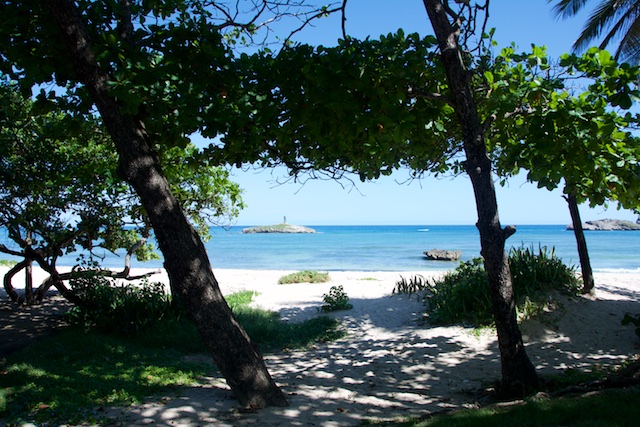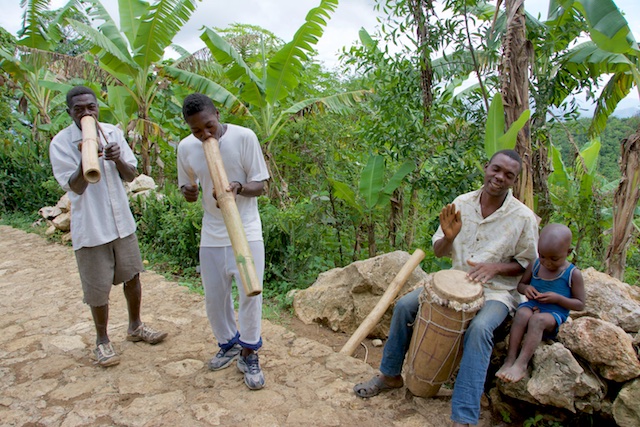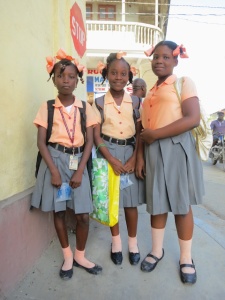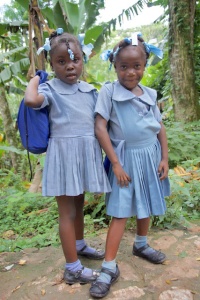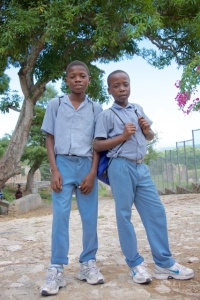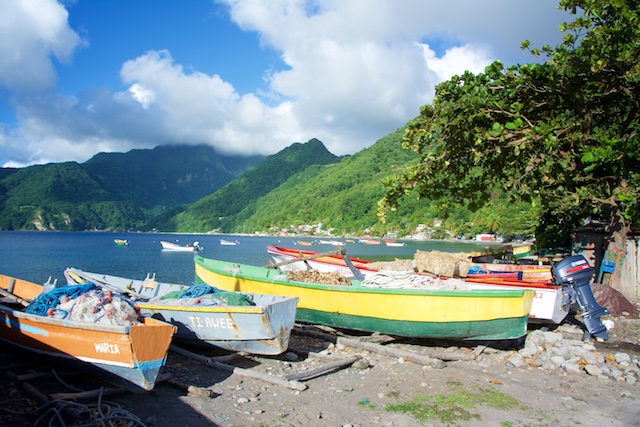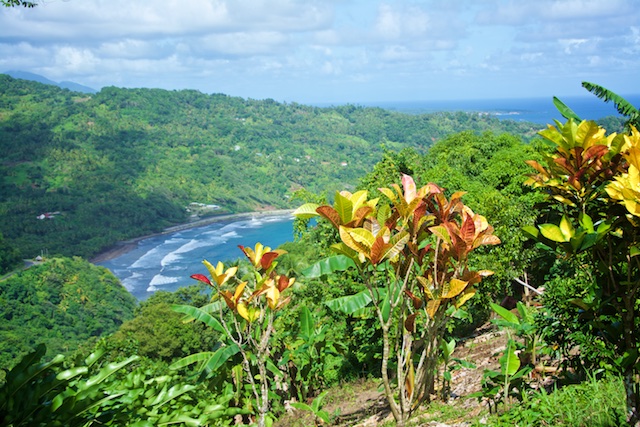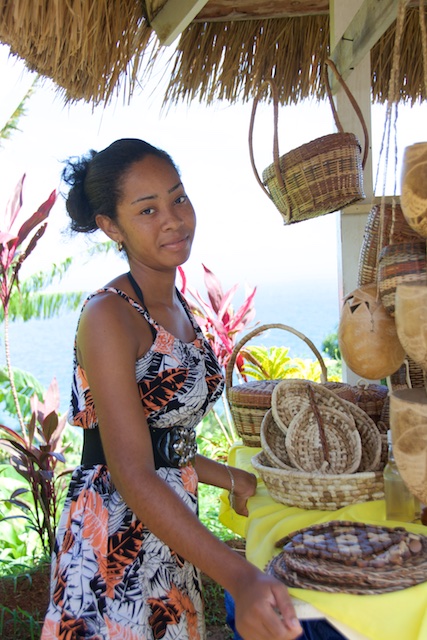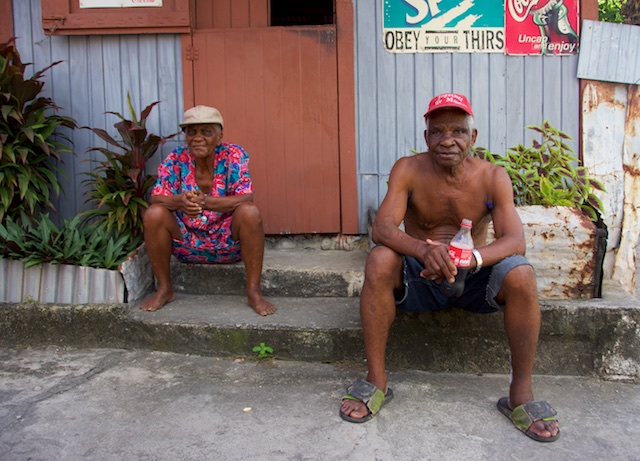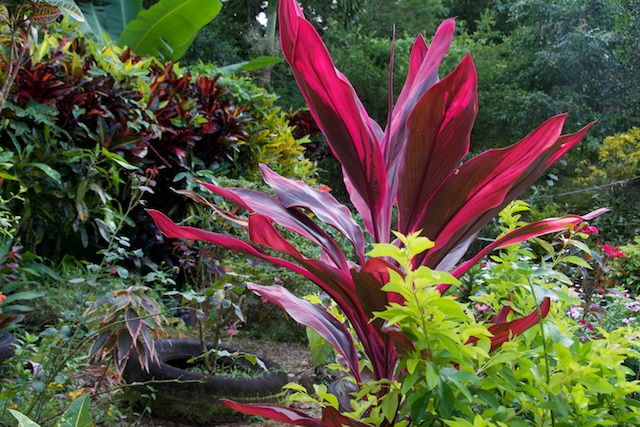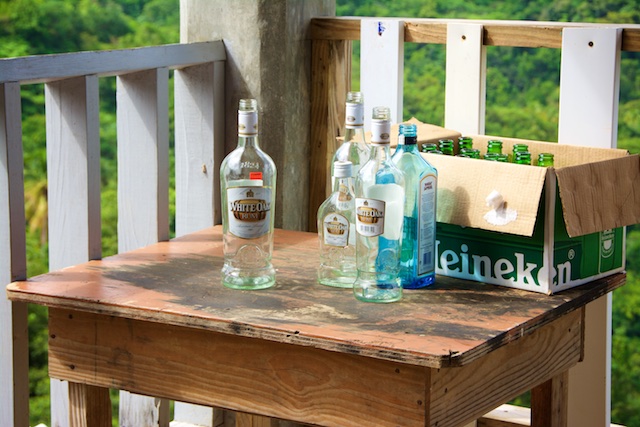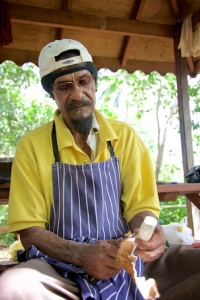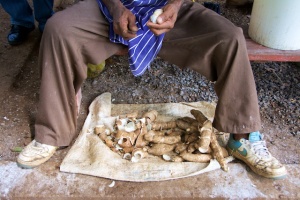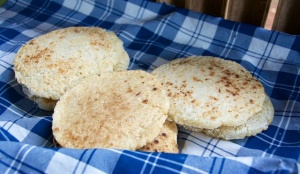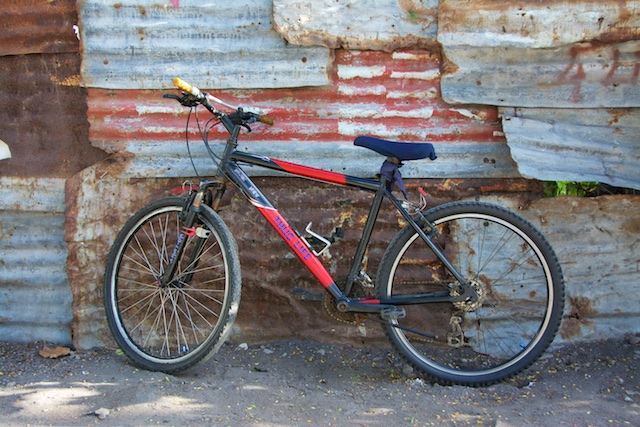
Haiti
Here’s a puzzle: Why was there a bidet in our hotel bathroom in Havana and NO bidet in our hotel in Cap Haitian? Hmmmm? Didn’t the French, (who colonized Haiti), invent that particularly endearing plumbing device? (In my opinion the best thing to venture forth from France to the New World – besides, obviously, French wine, French Cheese and young French musicians, also French Fries, French Toast, French bread – oh hell, I’ll admit it, I love EVERYTHING French. But, I especially love the bidet. (Yes, I know, this says something unflattering about my psycho-sexual development. So be it.) I can’t for the life of me figure out why it didn’t catch on here in the western hemisphere, (except, obviously – and big, big surprise – in Cuba. Who would have expected THE PARTY to be big fans of the clean butt?) So, please feel free to enlighten me if you have any insights into this conundrum.

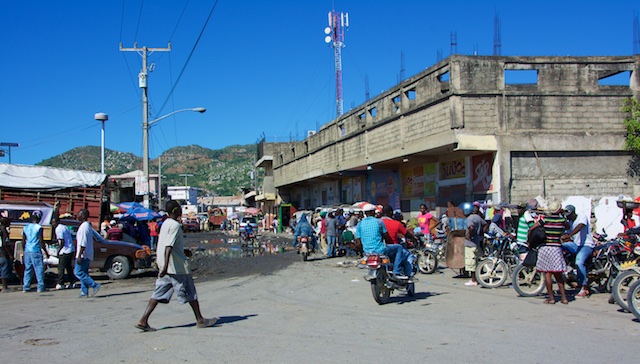
Although I do not at all consider this an insignificant cross-cultural observation, I’ll move on to others.
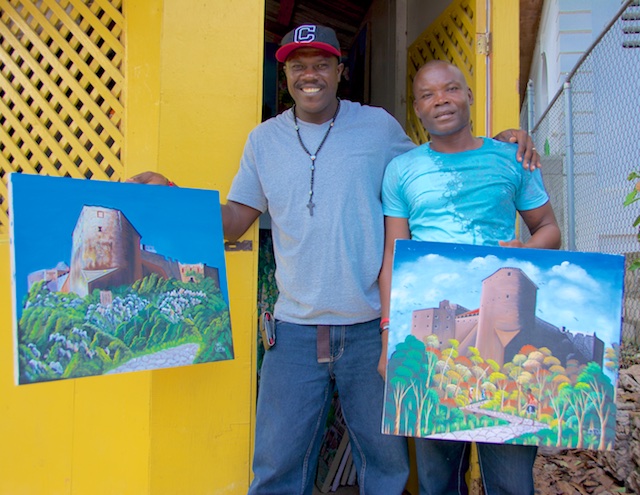
I can’t speak to Port au Prince because we didn’t go, but I gave Cap Haitian 3 days of my life and that’s all that place is going to get. I’m ambivalent at best about Haiti and even though they say there’s a new Minister of Tourism who is busting her butt, (her dirty butt unless the Minister of Tourism digs have a bidet), trying to lure the Europeans and the Americans and all manner of others to do a little vaykay there, I’m not really feeling it. Yet. I’ll admit I signed on to visiting Haiti with prejudice. From the get go, except as a place of extraordinary exoticism, Haiti has a bad rep. Maybe deserved. Maybe not. But, statistics can be impressive and stats like, 90% of Haitian children have intestinal parasites….for me, that’s just no. The most common site, (and these were in highly impressive numbers; public education is mandatory) were the school children walking to school in absolutely immaculate uniforms with ostentatious matching hair bows. Meanwhile, the literacy rate in Haiti remains scandalously low at around 50-53%. But, damn, the kids LOOK good walking to school. Now, maybe this is just ignorance on my part, but wouldn’t it be smarter to put some effort into actually teaching kids to read and write or maybe just eradicating intestinal parasites instead of outfitting them in natty uniforms? Or, is that just my ignorant western cultural prejudice operating? I’m willing to be educated myself. When I asked our guide what happens to the kids when they finish school he said frankly, “There isn’t anything for an educated person to do in Haiti, so they just revert to being uneducated.” Say what????? I got bummed and I stayed bummed until we left. And, leaving was a whole other adventure.
Dominican Republic
Haiti shares the island of Hispaniola with the country of the Dominican Republic (remember, don’t confuse this country with Dominica!). We were forewarned about the border crossing and even told it would be smarter to fly there. (If we cared about our health and safety at all.) Always up for a challenge and a little international adventure, your intrepid Desto3 team took the overland bus. The only buses in Haiti I knew of were the “tap-taps”, usually independently owned (and decorated and let me say this about that – Oh wow! Oh big wow!) – the tap-taps are probably where everybody contracts intestinal parasites. I expected goats and chickens to be in even numbers with the human passengers. The day before we left we happened to encounter an American ex-pat who’d been living in Haiti for 12 years and he gave us an earful. First off he told frighteningly believable tales of border crossings involving upwards of 8-hour delays while the passengers took sequential collections to pay off the border guards until “enough” was proffered. How much EXACTLY would be enough? So, imagine my surprise, nay delight, when arriving at the spectacularly primitive bus depot we were met by a large, modern, air-conditioned transport? And, wonder of wonders…the bulk of our fellow passengers (at least 2 dozen) were bona fide soldiers in the Chilean army serving in the UN special detail in Haiti en-route to R&R in the DR? So, guess who got no shit, NO shit, not the teeniest bit of shit, at the Haiti/Dominican Republic border? That’s right. (I <3 Chile!)
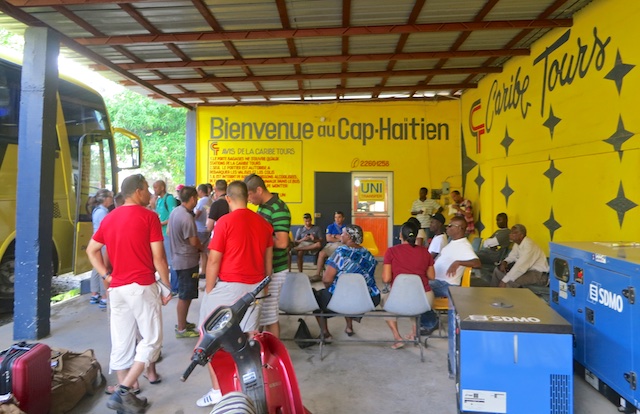
But, in addition to trying to scare the crap out of us about daring to cross the border via bus, that American dude also told us other equally terrifying horror stories about the D.R. in general. “The people are miserable, they hate Americans, they’ll rob you blind, rifle through your luggage, generally do what they can to make your life miserable for your time in their country. You will be relentlessly hassled. ” Okay. Let me just say…what the hell…?????
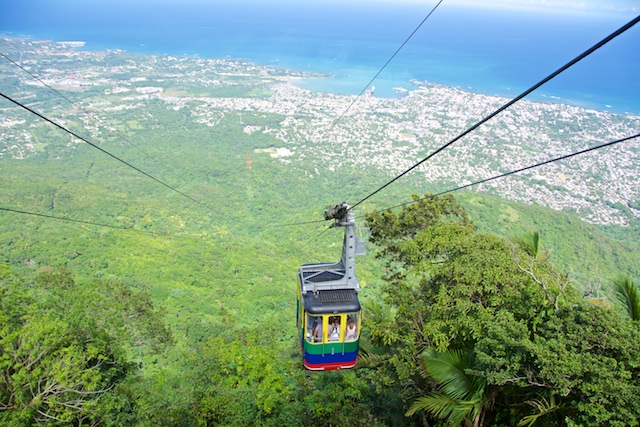
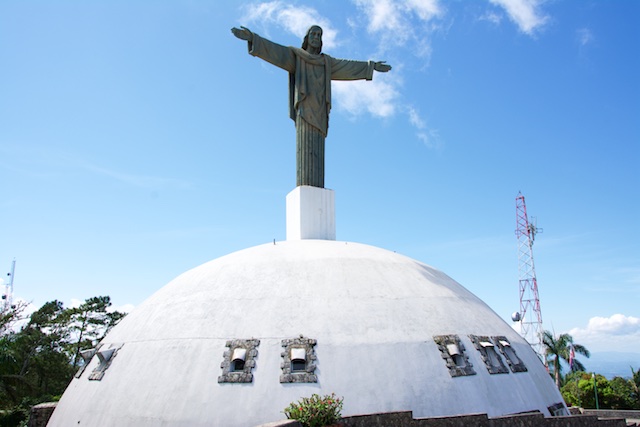
Not one word of that was true. We had a great, GREAT time in the D.R. Every encounter with every single person was wonderful. We weren’t hassled, we weren’t robbed, we weren’t mistreated or frightened in any way. The beach vendors in the D.R. are licensed and strictly regulated. If they get a complaint (for instance they don’t take a simple “no” for an answer and move along immediately) they can lose their sales license. They are very courteous and friendly. Not pushy. And, hey, people? These folks are just trying to make a living, same as everybody.
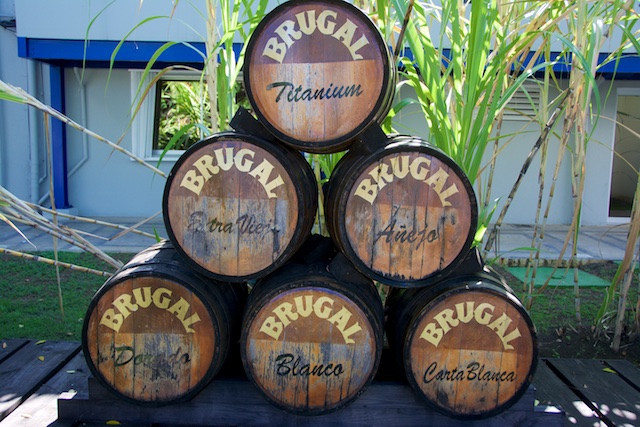
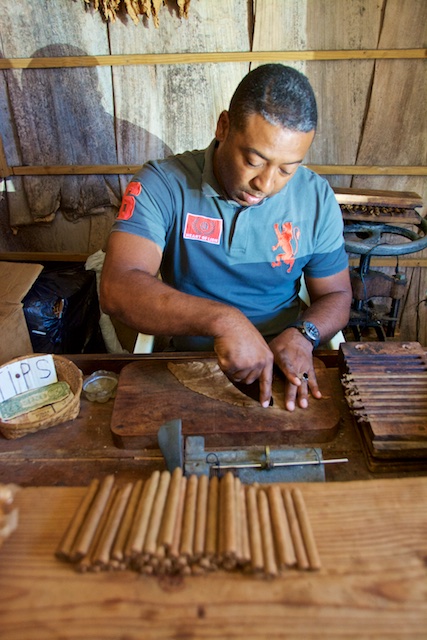
We got a driver and guide, just because we didn’t know what to expect and why take chances? But, LOTS and lots of Americans drive rental cars over there. Lots and lots of Americans own second homes in the D.R. It’s a hot spot. And, for that it’s got a little bit of a Hawaii vibe. It is highly developed. It is the antithesis of Haiti and maybe that is why there’s so much enmity between these two neighbors who share a tiny little island. I didn’t detect any major resentments toward us about the tourist take-over. The islanders I talked to had a realistic grasp on the economics of tourism. In terms of “friendliness” it’s the same everywhere I’ve been in the world, including Haiti. People pretty much don’t engage until you smile first and say hello. Then, BIG SMILE and usually a very pleasant exchange.
